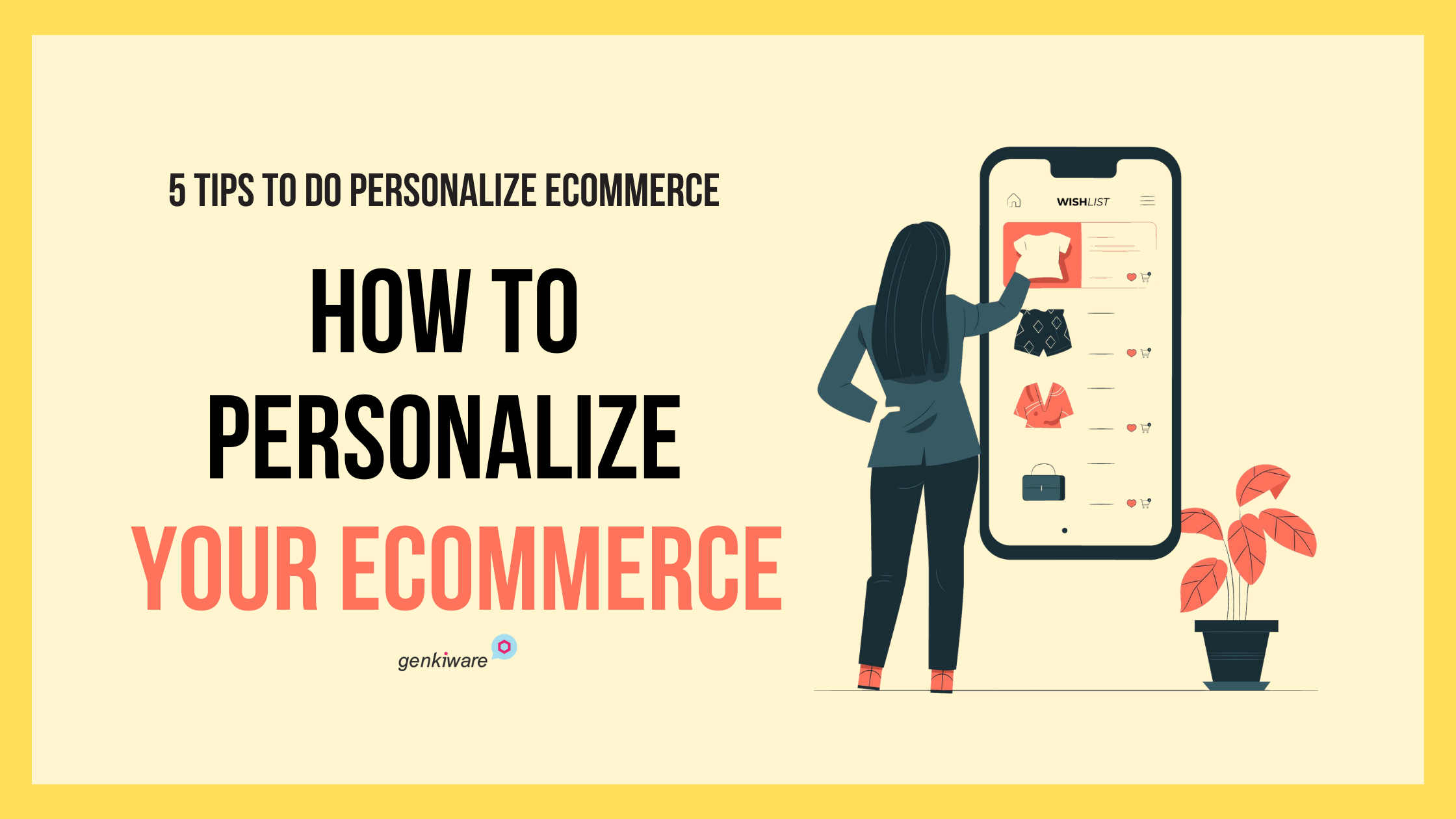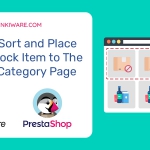5 Tricks to do Personalization in your eCommerce
When you do some searching for eCommerce ideas or trends, personalized user experience is one of the most common phrases you can find.
Personalized user experience means that you offer a unique experience, instead of just offering one kind of user experience to all visitors. This experience is important for eCommerce, not only to pull more customers but also to increase repeat purchases and raise revenue.
Benefits of Personalized eCommerce
As you might already be familiar with this eCommerce trend, you now may wonder whether you should start offering personalized experiences to your customers and how much it will affect your eCommerce business. In order to fulfill your curiosity, here are some statistics that might answer your questions:
- About up to 90% of retail marketers are using personalization for their business. (Liveclicker)
- 66% of shoppers expect the brands to understand their needs and preferences. (Salesforce)
- Marketers who use advanced personalization have a $20 increase for every $1 they invest. (Liveclicker)
- 44% of consumers are willing to do repeated purchases after experiencing the personalization. (Segment)
- 77% of consumers are more willing to buy, recommend, or choose a brand that offers them a personalized experience. (Forrester)
One example of an act of personalization is the recommended products or feeds. It works like how Instagram shows us personalized feeds or how Netflix recommends us some movies. However, in order to make this strategy work well, the data are a very important factor. It will be evidence of how much the brand understands its consumers.
How Personalized eCommerce is
Here are some recommendations on how you should do personalization in your eCommerce business.
1/. Understand your audience
Treat each type of visitor differently. You need to find the clues from how they find your website to the reason they visit your online shop. If you know what your visitors want, you can shorten their journey and enhance the experience.
For example, when someone types cheap baby clothes in the search engine and opens your website, your landing page could boost some baby clothes on sale.
Another one, if your visitors recently ordered a laptop before reaching your shop, you might want to post some laptop accessories or desktops on the landing page.
2/. Intelligent search
When the visitors use your search engine and search for “budget black laptop”, what they want is a low price laptop with black color. However, the usual search engine you might use is going to show black color laptop accessories. As a solution, intelligent search has semantic understanding capabilities:
- Provides selling capabilities beyond the search box
- Enable sellers to promote new products since the visitor’s last visit
- Work as product locator for in-store shoppers
- Able to promote related purchased products or the products in shopping cart
3/. Testing & Profiling
Use machine learning to process all information about what your customers want and what they prefer, then match it with your inventory. For example, the visitor is looking for clothes to be used in a festival, and the machine will do the work. It will consider the things that humans usually miss.
4/. 1-to-1 Personalization
When you have enough data about a customer, you will be able to significantly change the product set to be shown to that customer. Show accurate choice of products to be recommended to each visitor by relying on AI, using the visitor’s search behavior or browsing history. However, this 1-to-1 personalization will be challenging if you lack data.
5/. Invest in first-party data
It is better to rely on first-party data, which means the data that you collect on your own and are given willingly by the customers. Compared to the data bought from middle-man, the first-party data is more accurate and transparent. Moreover, you are more likely to keep that data securely.
Let’s Get Started
I believe that the above tips and tricks show you the idea of how personalized eCommerce works. Now, the question is how can you get started with it?
- Do the research and find where and how you want the personalized experience to work. You might want to decide the one that will give back a bigger return.
- Choose eCommerce personalization technologies
- Assign resources to oversee the project and measure the gain
- Strategize the personalization strategy
- Classify your site into some segments and find which one benefits the most from personalization
- Continue the tracking and analysis of the result of the strategy. Do some optimization if needed.
There are a lot of different ways to serve personalized experiences to website visitors and customers, starting from product recommendations to email marketing. Choose what best suits your eCommerce business.
If you are interested in applying maintenance to your Prestashop website or integrating CRM with your eCommerce platform, feel free to contact us: https://genkiware.com.





